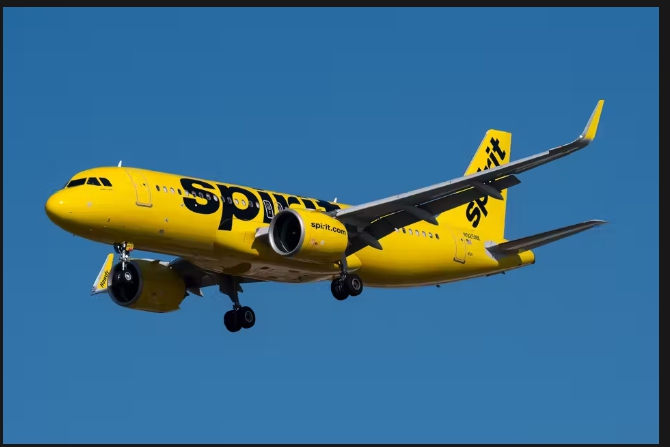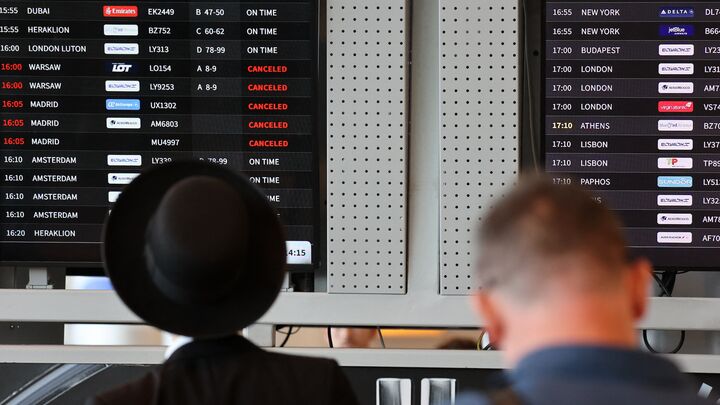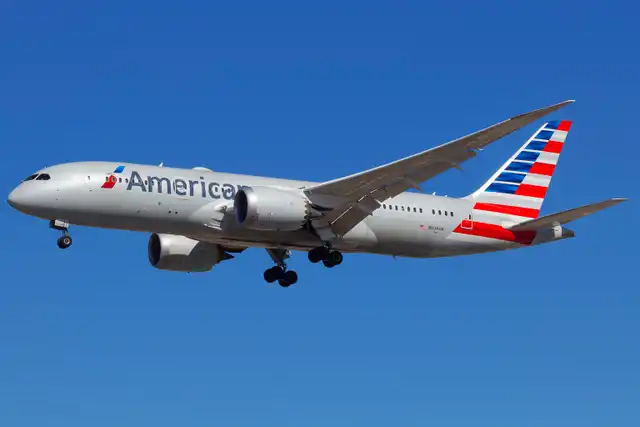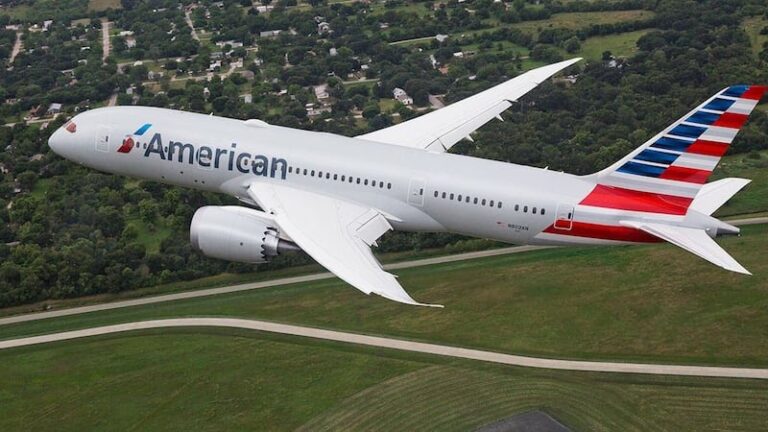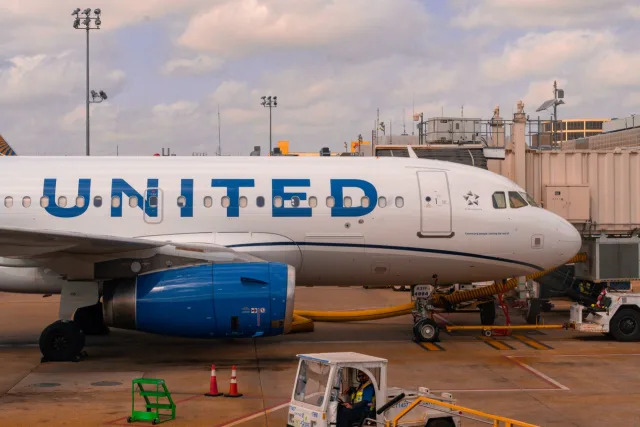How The Four Biggest U.S. Airlines Compare
How The Four Biggest U.S. Airlines Compare
In 2024, global airline revenues are forecast to rise to almost $1 trillion according to the Global Outlook for Air Transport report by the International Air Transport Association (IATA). If last year’s financial results of the big four of U.S. aviation – American, Delta, Southwest and United – are any indication, these airlines alone could combine for a fifth of the total worldwide revenue. Results for the first six months of 2024 suggest the four companies are well on track for this milestone.
As our chart based on earnings results shows, Delta and United lead the pack in terms of revenue and net income after taxes. Both airlines tallied about $25 billion in revenue. Net income stood at $1.3 billion for the former and $1.2 billion for the latter. The biggest discrepancy between the two can be seen in the revenue passenger miles, which is the “number of revenue passengers multiplied by the total distance traveled” according to Yahoo! Finance. Regarding this metric and fuel consumption, United is closer to American. However, the latter posted a net income of $405 million in the first half of 2024, lagging behind Delta and United despite record first-quarter and overall quarterly record revenues between April and June.
American’s lot is unlikely to improve in the remaining six months of 2024. The company dropped its full-year guidance for earnings per diluted share from between $2.25 and $3.25 at the end of March to between $0.7 and $1.3 at the end of June, citing, among other reasons, a continuation of “the company’s previous sales and distribution strategy” as the main driver behind lower guidance. A new deal with its 28,000 flight attendants for better pay is also likely to dampen revenue and income outlooks.
The other three companies, however, are unlikely to fare better. United pared down its domestic capacity for the upcoming months, Southwest is expecting revenues for the third quarter to be flat or down two percent year-over-year and Delta also mentions lower capacity growth for the period between July and September. These outlooks are a signifier of a recent trend, as MarketWatch reporting illustrates. MW reporter Claudia Assis connects less-than-positive outlooks for the second half of 2024 to “a mismatch between capacity and demand” and ongoing promotions affecting the airlines’ bottom lines.
Comparing the Four Biggest U.S. Airlines in 2024: An In-Depth Analysis
In 2024, the global airline industry is projected to witness a significant surge in revenues, with expectations reaching nearly $1 trillion, according to the International Air Transport Association’s (IATA) Global Outlook for Air Transport report. This growth trajectory is being closely mirrored by the big four U.S. airlines: American Airlines, Delta Air Lines, Southwest Airlines, and United Airlines. Together, these industry giants are poised to contribute a substantial portion of the worldwide revenue, potentially accounting for a fifth of the total.
Financial Performance and Revenue Insights
For the first half of 2024, Delta and United Airlines have emerged as leaders in terms of revenue and net income after taxes. Both airlines reported approximately $25 billion in revenue. Delta recorded a net income of $1.3 billion, slightly edging out United’s $1.2 billion. A key performance metric where United and American Airlines show close figures is the revenue passenger miles (RPM), defined by Yahoo! Finance as “the number of revenue passengers multiplied by the total distance traveled.” This metric, alongside fuel consumption rates, reveals United’s operational scale relative to American.
American Airlines, despite achieving record revenues in the first quarter and overall quarterly records between April and June, posted a net income of $405 million for the first six months of 2024, falling behind Delta and United. This performance has led to a downward revision of its full-year earnings guidance. Initially projected to be between $2.25 and $3.25 per diluted share at the end of March, American revised its outlook to between $0.7 and $1.3 by the end of June. This adjustment was attributed to several factors, including the continuation of the company’s existing sales and distribution strategy and a new labor agreement with its 28,000 flight attendants, which is anticipated to impact future revenue and income negatively.
Operational Challenges and Strategic Adjustments
The outlook for the remaining months of 2024 indicates that American Airlines may continue to face challenges. However, it’s not alone in this regard. United Airlines has announced plans to reduce its domestic capacity, Southwest Airlines anticipates flat or slightly decreased revenues for the third quarter year-over-year, and Delta Air Lines has signaled lower capacity growth for the period between July and September. These strategic adjustments reflect a broader industry trend identified by MarketWatch reporter Claudia Assis, who attributes the cautious outlooks for the latter half of the year to a “mismatch between capacity and demand” and ongoing promotional activities that are impacting the airlines’ profitability.
Revenue Passenger Miles and Fuel Consumption
An essential metric in the aviation industry, revenue passenger miles (RPM), provides a clear picture of an airline’s operational efficiency and passenger traffic. United Airlines and American Airlines closely compete in this area, indicating their extensive route networks and passenger volumes. RPM is calculated by multiplying the number of revenue passengers by the distance traveled. High RPM figures suggest strong demand and extensive reach, vital for maximizing revenue and optimizing fuel consumption.
Labor Agreements and Their Impact
American Airlines’ recent labor agreement with its flight attendants underscores a significant challenge for airlines: balancing operational costs with employee satisfaction and retention. The agreement, aimed at providing better pay and working conditions for 28,000 flight attendants, while necessary for maintaining workforce morale and service quality, introduces additional financial pressures. This move reflects a broader trend in the industry, where airlines must navigate labor negotiations carefully to avoid disruptions while managing their cost structures effectively.
Domestic Capacity Adjustments
United Airlines’ decision to reduce domestic capacity highlights a strategic response to fluctuating demand. By aligning capacity with demand, airlines aim to maintain load factors and optimize revenue per available seat mile (RASM). This strategy, while prudent in preventing overcapacity and underutilization, also signals cautious optimism about future demand recovery. For United, balancing domestic and international routes will be crucial in achieving profitability amidst these adjustments.
Southwest Airlines’ Revenue Outlook
Southwest Airlines, known for its low-cost model and extensive domestic network, faces a unique challenge in maintaining its growth trajectory. The expectation of flat or slightly decreased revenues for the third quarter year-over-year suggests potential pressures from increased competition, cost management issues, or changes in consumer behavior. Southwest’s ability to adapt its pricing strategies and optimize its route network will be critical in sustaining its market position.
Delta Air Lines’ Capacity Growth
Delta Air Lines’ indication of lower capacity growth between July and September aligns with a broader industry trend of cautious expansion. By moderating capacity growth, Delta aims to match supply with demand, thereby optimizing load factors and maintaining fare levels. This approach reflects a strategic emphasis on profitability over sheer volume growth, particularly in a market characterized by uncertain demand patterns.
Market Dynamics and Promotional Activities
MarketWatch’s Claudia Assis points to ongoing promotional activities as a factor affecting the airlines’ bottom lines. Promotional fares and discounts, while effective in stimulating demand, can erode yield and impact overall profitability. Airlines must strike a balance between attracting passengers through promotions and maintaining sustainable revenue levels. The competitive landscape and consumer price sensitivity will influence how airlines navigate this dynamic.
The performance and strategic outlook of the big four U.S. airlines in 2024 reflect a complex interplay of financial metrics, operational adjustments, labor agreements, and market dynamics. As Delta, United, American, and Southwest navigate the evolving landscape, their ability to balance capacity, manage costs, and respond to demand fluctuations will determine their success. Despite the challenges, these industry leaders are well-positioned to contribute significantly to the global airline revenue, underscoring their pivotal role in shaping the future of air travel.

